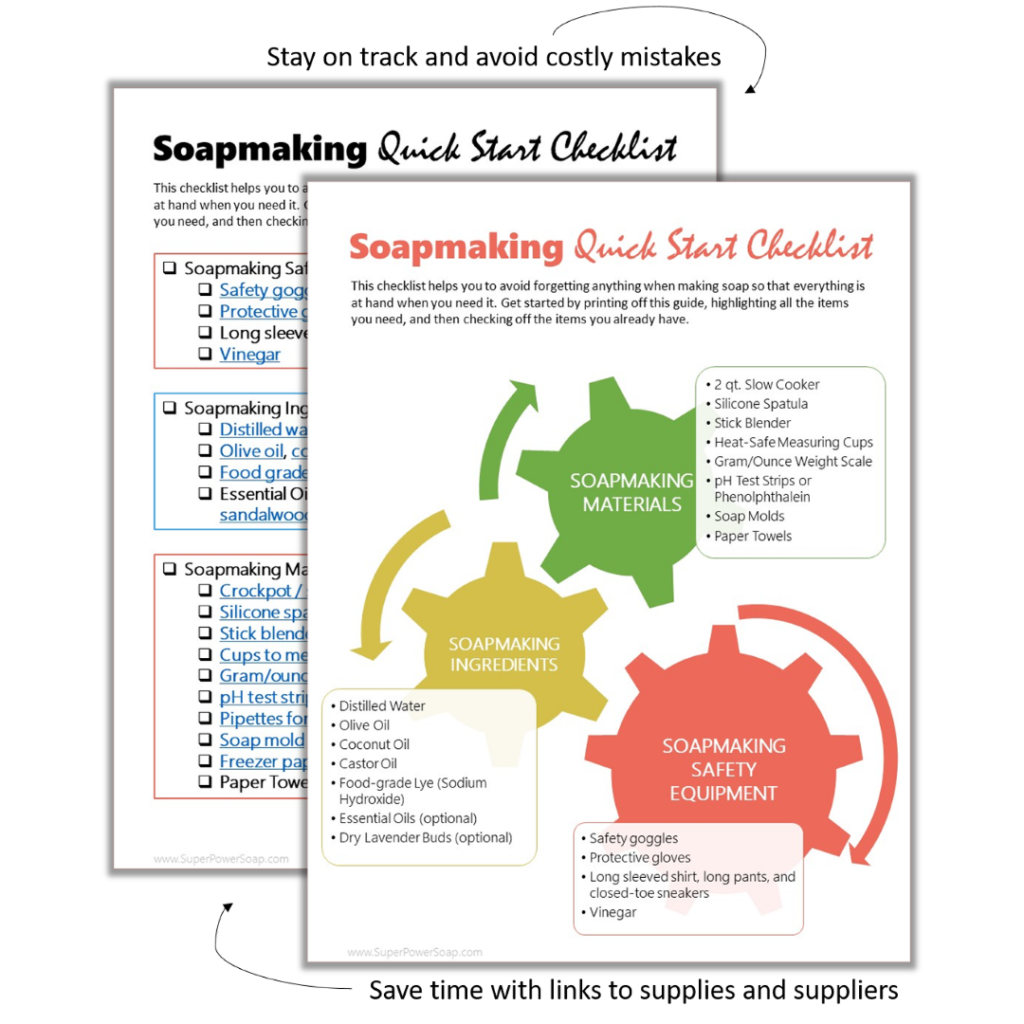Happy Friday, everyone! It’s a rainy day here in Houston, Texas and it’s the perfect atmosphere to delve into the tranquil art of soapmaking. In today’s blog post, we’ll explore the crucial components of soapmaking liquid and lye solutions that drive the transformation of raw oils into the cleansing bars we use every day.
Liquids and Lye Solutions: A Soapmaker’s Alchemy
When we talk about liquids and lye solutions in soapmaking, we’re referring to the essential mixture that kickstarts the saponification process. Commonly called the lye/water solution, this mixture requires a water-based liquid to facilitate the dissolution of lye (sodium hydroxide). Without this liquid medium, the lye wouldn’t be able to mingle with the oils that give soap its structure and properties. In essence, water acts as a stage where the magical dance between lye and oils happens.
Choosing the Right Liquid: Beyond Distilled Water
While it’s common to use distilled water, which I often pick up at the local grocery store here in Houston—sometimes disguised as baby water—the thrill of soapmaking lies in the vast array of liquids at your disposal.
Fancy a creamy goat’s milk soap? It’s the goat’s milk that adds a luxurious touch to the lather. You can also experiment with cow’s milk, breast milk, or plant-based alternatives like almond and coconut milk. Each of these liquids imparts unique qualities to your soap, boosting its lather, moisturizing, or cleansing abilities.
A World of Possibilities: Unconventional Liquids for Exceptional Bars
In my own soapmaking journey, I’ve ventured beyond traditional choices to embrace the likes of Guinness beer, almond milk, coconut milk, aloe, and various fruit juices. These unconventional liquids can lead to fascinating results, like the beer-infused soap that exudes the comforting aroma of fresh bread—likely a nod to the yeast within.
Adapting to Local Resources: Soapmaking in Ghana
It’s worth noting that the choices we make for our lye solution can depend on our environment. While in Ghana, distilled water wasn’t an option, which raised the question: how would we adapt our soapmaking process? This is where local resources and ingenuity come into play, allowing us to uncover alternative solutions that align with the surroundings like using EDTA to deionize water.
In conclusion, the liquid used in your lye solution isn’t just a mundane detail—it’s a gateway to innovation and personalization in your soapmaking craft. Whether you find inspiration in Houston’s rain or in trying something new like in Ghana, remember that the world of soapmaking is rich with diversity and potential. Embrace the art, and let the unique properties of different liquids inspire your next batch of homemade soap.

